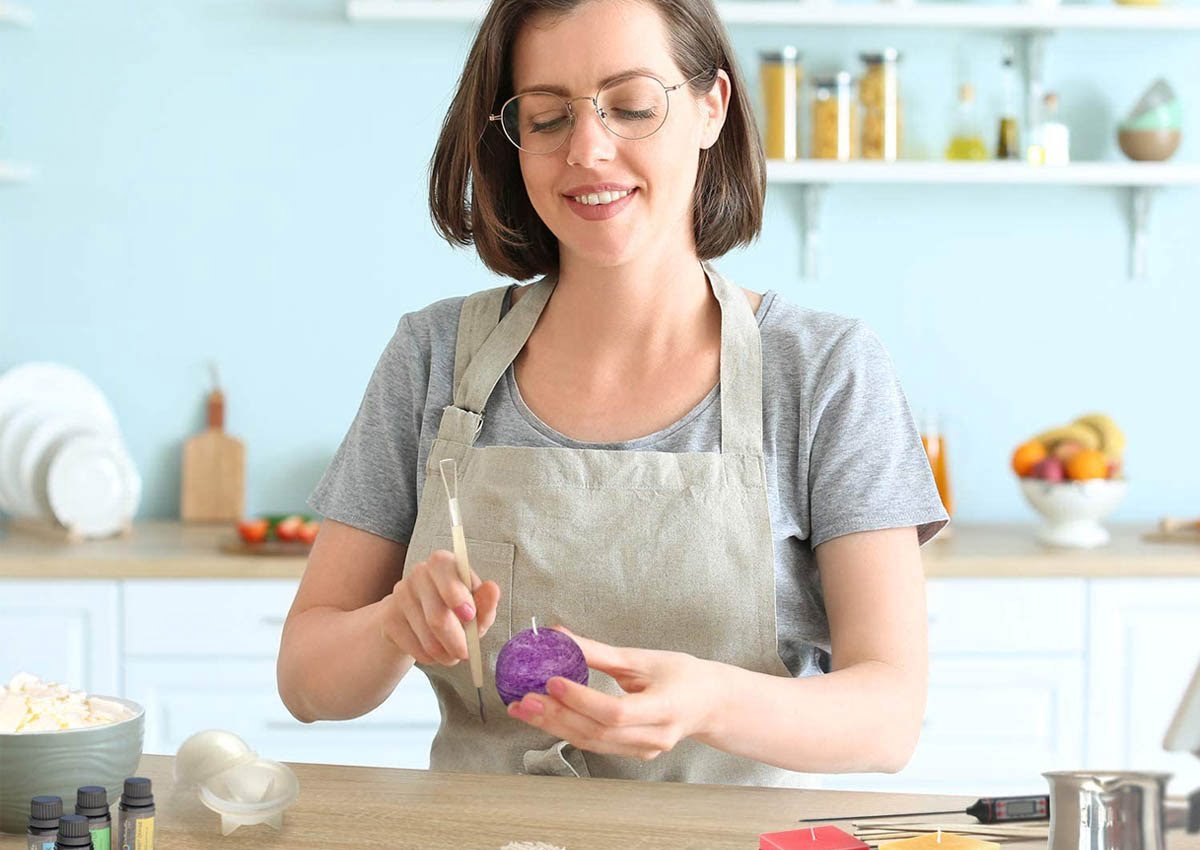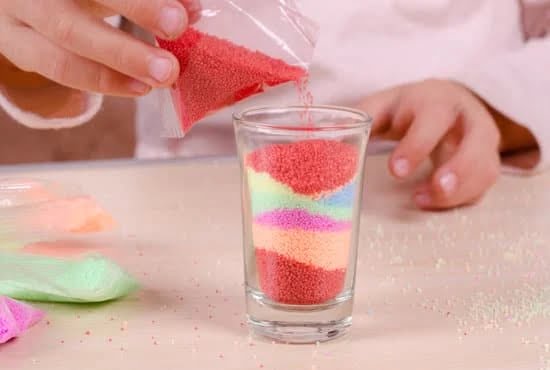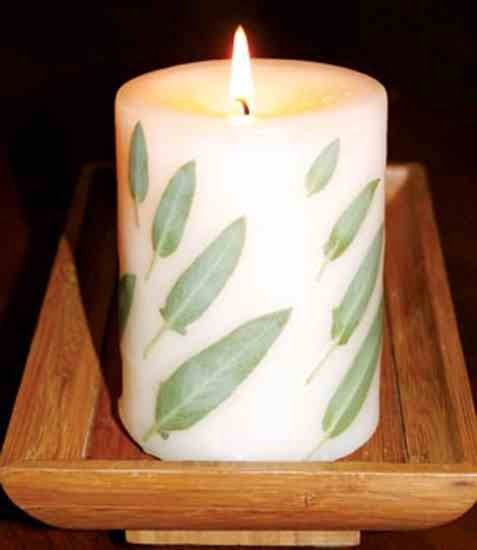Natural organic candle making supplies have gained popularity in recent years due to the growing demand for eco-friendly and sustainable products. In this section, we will explore the reasons why choosing natural and organic materials for candle making is beneficial, as well as the advantages of using such supplies. With a focus on the increasing interest in environmentally conscious options, we will delve into the benefits of utilizing these types of supplies in candle making.
There is a shift towards natural and organic candle making supplies because of their numerous advantages over synthetic materials. Natural and organic candles not only burn cleaner but also provide a healthier option for both consumers and the environment. The rise in awareness about the potential health risks associated with synthetic candles has driven consumers to seek out more natural alternatives, leading to an increase in demand for eco-friendly candles.
As we explore the world of natural and organic candle making, it’s important to understand the impact of our choices on our health and the environment. By choosing natural materials for candle making, individuals can contribute to reducing their carbon footprint while enjoying the benefits of clean-burning, fragrant candles that are both aesthetically pleasing and sustainable.
Understanding Natural vs Synthetic Candle Making Materials
Natural and organic candle making supplies have gained popularity due to their numerous benefits over synthetic materials. When it comes to creating candles, choosing natural and organic ingredients is not only better for our health and the environment, but it also enhances the overall candle experience. As the demand for eco-friendly products continues to grow, understanding the differences between natural and synthetic candle making materials becomes essential.
One of the key distinctions between natural and synthetic candle making materials lies in their origins. Natural materials such as soy wax, beeswax, and essential oils are derived from plants and other organic sources, while synthetic materials are chemically produced. This fundamental dissimilarity has a direct impact on the burning experience of candles. Natural materials tend to produce a cleaner and healthier burn compared to their synthetic counterparts.
Furthermore, the potential health risks associated with using synthetic materials in candles cannot be overlooked. Synthetic fragrances and dyes, for example, can release harmful toxins when burned, posing respiratory and environmental hazards. In contrast, natural fragrances derived from essential oils offer a safer alternative for creating delightful scents without compromising on air quality. By understanding these differences, candle makers can make informed choices about the materials they use in their creations.
When it comes to creating a healthier and more sustainable environment through candle making, opting for natural and organic supplies is undoubtedly the way to go. So if you’re planning on making your own eco-friendly candles or starting a small business in this niche industry, consider using natural waxes like soy or beeswax along with essential oils for scents that will delight your customers.
Essential Oils and Fragrances for Natural Organic Candles
When it comes to creating natural organic candles, the use of essential oils and natural fragrances is essential. These plant-derived oils not only add delightful scents to your candles but also offer various therapeutic benefits. Unlike synthetic fragrances, natural essential oils are free from harmful chemicals that may release toxins when burned, making them a healthier option for both you and the environment.
The Role of Essential Oils in Creating Natural Candle Scents
Essential oils are the backbone of natural candle fragrances. Derived from flowers, herbs, spices, and other plant materials, these highly concentrated oils offer a wide range of scents to choose from. Whether you prefer calming lavender, invigorating citrus, or earthy sandalwood, there’s an essential oil to suit every preference. When added to candles, these oils provide a natural and soothing aroma that can enhance relaxation and promote overall well-being.
Benefits of Using Natural Fragrances Over Synthetic Ones
One of the main benefits of using natural fragrances in candle making is the avoidance of potentially harmful chemicals found in synthetic fragrances. Many commercial candles contain synthetic fragrances that can emit volatile organic compounds (VOCs) when burned. In contrast, natural essential oils release minimal pollutants when used in candles, ensuring a cleaner and safer indoor air quality. Additionally, choosing natural fragrances supports sustainable agricultural practices and promotes the preservation of plant biodiversity.
How to Choose the Right Essential Oils for Your Candles
When selecting essential oils for your natural organic candles, it’s important to consider purity and quality. Look for oils that are 100% pure without any additives or fillers. Consider the sourcing and extraction methods used by suppliers to ensure ethical and sustainable practices.
It’s also crucial to test different oil combinations to create well-balanced scents that align with your brand or personal preferences. By carefully choosing high-quality essential oils, you can elevate the overall experience of your natural organic candles while promoting a healthier lifestyle.
Selecting Natural Waxes and Butters for Candle Making
Natural waxes and butters are essential components in creating organic and environmentally-friendly candles. When selecting the right materials for your candle making project, it’s important to consider the benefits of natural waxes such as soy, beeswax, and coconut over synthetic options. Here’s a closer look at these natural choices and their impact on the quality of your candles:
- Soy Wax: Derived from soybean oil, soy wax is biodegradable and renewable, making it an excellent choice for eco-conscious candle makers. It burns cleanly and slowly, providing a long-lasting and even distribution of fragrance.
- Beeswax: Known for its natural honey scent, beeswax is a sustainable option that produces a warm and bright flame. It also emits negative ions when burned, helping to purify the air in your home.
- Coconut Wax: Made from the fruit of the coconut palm tree, coconut wax offers a clean burn with excellent scent throw. This natural wax has a smooth texture and good adhesion to glass containers.
In addition to these popular natural waxes, there are also various natural butters that can be added to candle formulations to enhance their properties. Cocoa butter, shea butter, and mango butter are examples of natural butters that can contribute moisturizing qualities to the finished candles while adding richness to their texture.
When using natural organic candle making supplies like these waxes and butters, candle makers can feel confident that they are choosing sustainable options that minimize harm to the environment while providing superior performance in their finished products.
Sustainable Wick Options for Organic Candle Making
The selection of wicks for natural organic candle making supplies is a crucial step in creating eco-friendly and sustainable candles. Sustainable wicks are key components in ensuring that the entire candle-making process aligns with the principles of using natural and organic materials. When choosing wicks for organic candle making, it’s important to prioritize non-toxic and lead-free options to maintain a healthy and environmentally conscious product.
There are different types of sustainable wicks available for natural and organic candles, including cotton, hemp, and wood. Cotton wicks are widely used in candle making due to their clean burn and minimal soot production. Hemp wicks are known for their slow burning properties, allowing for a longer-lasting candle. Wood wicks provide a unique aesthetic appeal with their crackling sound when lit, adding an extra touch to the overall candle experience.
In addition to considering the material of the wick, it’s essential to pay attention to the size and placement of the wick in relation to the container or mold used for the candle. Properly sized wicks ensure even burning and minimize waste by utilizing all the wax in the container. The appropriate selection of sustainable wicks not only contributes to a cleaner burning experience but also aligns with ethical and environmental considerations in natural organic candle making.
| Types of Sustainable Wicks | Properties |
|---|---|
| Cotton Wicks | Clean burn, minimal soot production |
| Hemp Wicks | Slow burning, longer-lasting candles |
| Wood Wicks | Aesthetic appeal, crackling sound when lit |
Packaging and Presentation of Organic Candles
Choosing Eco-Friendly Packaging
When selecting packaging for your organic candles, opt for materials that are sustainable and biodegradable. This could include using recycled cardboard boxes, paper wraps, or glass containers that can be easily reused or recycled. Avoid plastic packaging whenever possible, as it contributes to environmental pollution.
Proper Labeling
Properly labeling your natural and organic candles is crucial in informing consumers about the ingredients used and their benefits. Include information such as the type of wax and essential oils used, as well as any ethical certifications obtained. This transparency helps build trust with environmentally conscious customers who are looking for truly natural products.
As for presentation, consider incorporating elements of nature into your product display. Utilize natural fibers, such as jute or cotton twines, for tying around candle jars or creating decorative accents. Include labels made from recycled paper with earthy tones to convey the organic nature of your candles.
Remember that the overall goal is to create a visually appealing product while staying true to the principles of sustainability and eco-friendliness.
Tips for Creating an Appealing Product Presentation
Consider branding your products with a logo or label that showcases your commitment to using natural organic candle making supplies. Additionally, utilize earth-friendly design elements such as botanical illustrations or minimalistic packaging that highlights the purity and simplicity of your organic candles. The presentation should convey a sense of tranquility and gentleness, reflecting the nature-inspired essence of natural candle making supplies.
By paying attention to every aspect of packaging and presentation, from materials selection to design choices, you can ensure that your organic candles not only contribute positively to the environment but also stand out on retail shelves as a premium eco-friendly product option.
Eco-Friendly and Ethical Sourcing of Candle Making Supplies
When it comes to creating natural and organic candles, the importance of sourcing high-quality materials cannot be overstated. Ethical and sustainable sourcing of candle making supplies is crucial for maintaining the integrity and eco-friendliness of the final product. This involves selecting suppliers who prioritize environmental responsibility, fair trade practices, and transparency in their production methods.
One of the key factors to consider when sourcing natural organic candle making supplies is the origin of the raw materials. Whether it’s soy wax, beeswax, essential oils, or wicks, choosing suppliers who prioritize ethical and sustainable sourcing ensures that you’re not contributing to deforestation, habitat destruction, or exploitation of workers.
By opting for suppliers who are committed to responsible practices, you can support environmentally friendly initiatives while also ensuring the purity and quality of your candle making ingredients.
In addition to considering the environmental impact, ethical sourcing also encompasses fair trade practices. This means that workers involved in harvesting raw materials such as beeswax or producing essential oils are paid fair wages and operate in safe working conditions. By supporting ethical suppliers, you contribute to a more equitable global supply chain and promote social responsibility within the industry.
| Considerations for Ethical Sourcing | Impacts |
|---|---|
| Origin of Raw Materials | Supports environmental responsibility and ensures material purity |
| Fair Trade Practices | Promotes equitable compensation for workers and safe working conditions |
- When sourcing natural organic candle making supplies it is important to consider where they come from.
- The use of ethical supplies supports both environmental responsibility as well as social equality
DIY Tips for Using Natural Organic Candle Making Supplies
In conclusion, the increasing demand for eco-friendly and natural organic candle making supplies is a clear reflection of the growing awareness and concern for the environment and personal health. Choosing to use natural and organic materials in candle making not only benefits the environment by reducing the use of synthetic and potentially harmful ingredients but also offers a cleaner, healthier burning experience for consumers.
By understanding the difference between natural and synthetic materials, individuals can make informed choices when selecting their candle making supplies. Embracing natural waxes, essential oils, sustainable wicks, and eco-friendly packaging options not only contributes to creating high-quality candles but also supports ethical and sustainable sourcing practices. This attention to detail not only ensures that candle makers create products that are safe for consumers but also demonstrates a commitment to environmental responsibility.
As more people explore the world of DIY candle making using natural organic candle making supplies, it is important to continue sharing knowledge and best practices within the community. By learning from each other’s experiences and exploring creative ideas for customizing natural candles at home, individuals can cultivate a deeper appreciation for the art of candle making while promoting sustainability.
Ultimately, the use of natural organic candle making supplies not only allows for personal creativity but also plays a role in contributing to a more environmentally conscious consumer market.
Frequently Asked Questions
How Do You Make Candles Without Toxic Chemicals?
Making candles without toxic chemicals involves using natural ingredients such as soy wax, beeswax, or coconut oil as the base. Essential oils can be added for scent, and cotton wicks should be used to avoid harmful emissions.
What Are the Healthiest Homemade Candles?
The healthiest homemade candles are those made with non-toxic, natural ingredients such as soy wax or beeswax, and scented with pure essential oils. These materials minimize the release of harmful chemicals into the air when burned.
How Do You Make 100% Natural Candles?
To make 100% natural candles, it is important to use only natural waxes like soy wax or beeswax, organic cotton wicks, and pure essential oils for fragrance. Avoiding synthetic additives ensures a completely natural product that is safe for both you and the environment.

Welcome to my candle making blog! In this blog, I will be sharing my tips and tricks for making candles. I will also be sharing some of my favorite recipes.





